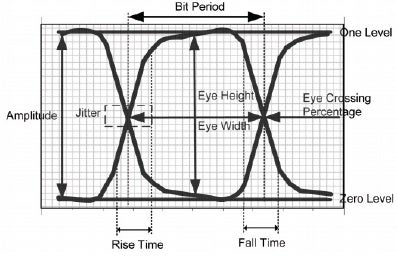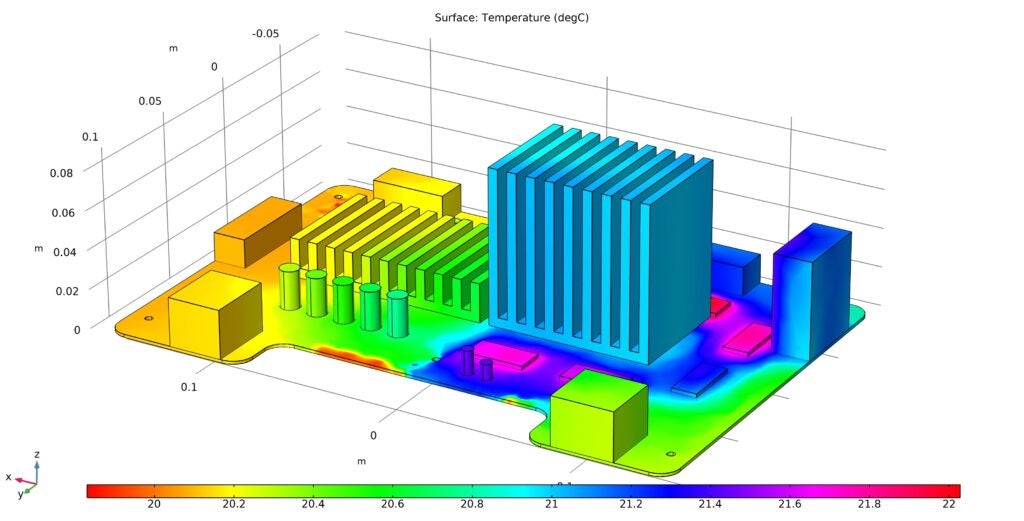At this point you may already be familiar with the different open source hardware (OSHW) boards like Arduino and Beagleboard (if you missed our Top 4 Open Source Boards post click here). The concept of open source applies to the design and development of hardware components. The hardware board themselves are not free, but the underlying technology and designs are open to the public allowing anyone to reproduce, modify, and distribute devices based on these designs. While OSHW is often a good place to start a project, understanding the licensing and community are important factors to consider before you get started.
Two important aspects classify a board as open source. The first denotes that all of the important manufacturing and design files—including mechanical drawings, schematics, bill of materials, PCB layout data, hardware designs language (HDL) source code and integrated circuit (IC) layout data, software libraries and drivers—are openly published and shared under open source licenses. Second and of similar importance, the author must give complete and unrestricting freedom to community to modify and change the hardware.
Types of licenses:
There are two general types of licenses you should be mindful of when working within the OSHW domain. Copyleft and permissive licenses both allow for the reproduction and modification of OSHW, however there are differences between the two licenses that may affect how you choose to use the hardware.
Copyleft is a form of licensing that offers people the right to freely distribute and modify the open source boards with the stipulation that the same rights will be preserved in the derivative works. Therefore if you choose to use boards licensed as copyleft you must be prepared to also make all information available to the community; either during the design phase or at the very least once the product you create has gone to market. This type of licensing is considered protective and ensures work remains freely open and available.
In contrast, permissive licensing allows people the freedom to do what they want with the information so long as they provide attribution back to the author without liability. Permissive licenses, unlike copyleft, do not require redistributors to provide open and modified information on the board and are not concerned with safeguarding the future protection of information for the public domain.
The Community
The growing OSHW community is an integral part of the whole concept of open source. The community allows people of any skill level to become involved in the conversation, learn new things, and contribute to other users projects. Instead of re-inventing the wheel, OSHW communities provide all of the information needed to understand how a board functions allowing people to find the quickest most efficient way of doing things. Many community members store their files in online public systems including GitHub or Google Code, providing a log of their entire process. Once you join the community you will be instantly inspired to begin working as one board has the potential to turn into numerous projects with endless possibilities—just remember you are obligated to share your files and information if you are utilizing OSHW as well.
Additional Pros and Cons to Open Source Boards
Pros:
- Low cost and easily accessible
- Reduce time to market
- Customizable
- Common standards for easy integration
Cons:
- potentially not the best design for everything
- could have more features then necessary effecting power usage
As a result open source boards can be an ideal starting point with several positive attributes however before you jump right in and use them, users also need to consider the unfavorable attributes as well and how it may affect them in the long run. Ask yourself, is the design the best fit for what I am trying to accomplish? Do you need all the features offered on the open source board? And most importantly-can I comply with open source requirements long-term?











